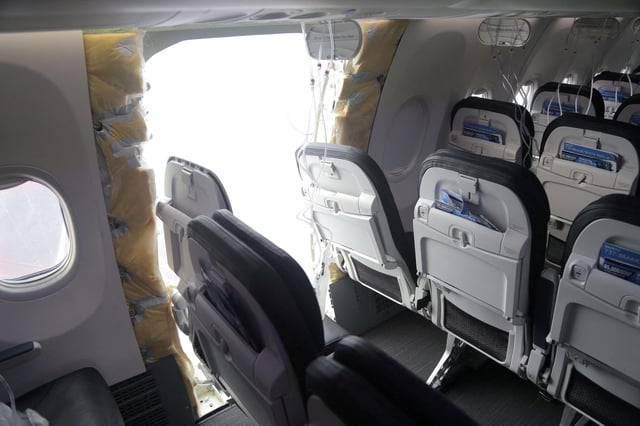Overview
- The NTSB concluded that missing bolts on a replaced door plug panel, removed during rivet repairs and never reinstalled, caused the midair blowout on Flight 1282 in January 2024.
- Investigators cited multiple system failures, including Boeing’s inadequate training, guidance and oversight of factory workers, and gaps in the FAA’s inspection system.
- Boeing and Spirit AeroSystems have started redesigning the door plugs to include a backup retention mechanism, slated for FAA certification by 2026 at the earliest.
- The FAA has overhauled its oversight approach, maintaining a 38-jets-per-month production cap on the 737 Max until Boeing demonstrates consistent quality improvements.
- The NTSB is expected to publish its final report in the coming weeks and will vote on recommendations aimed at preventing similar incidents in the future.



